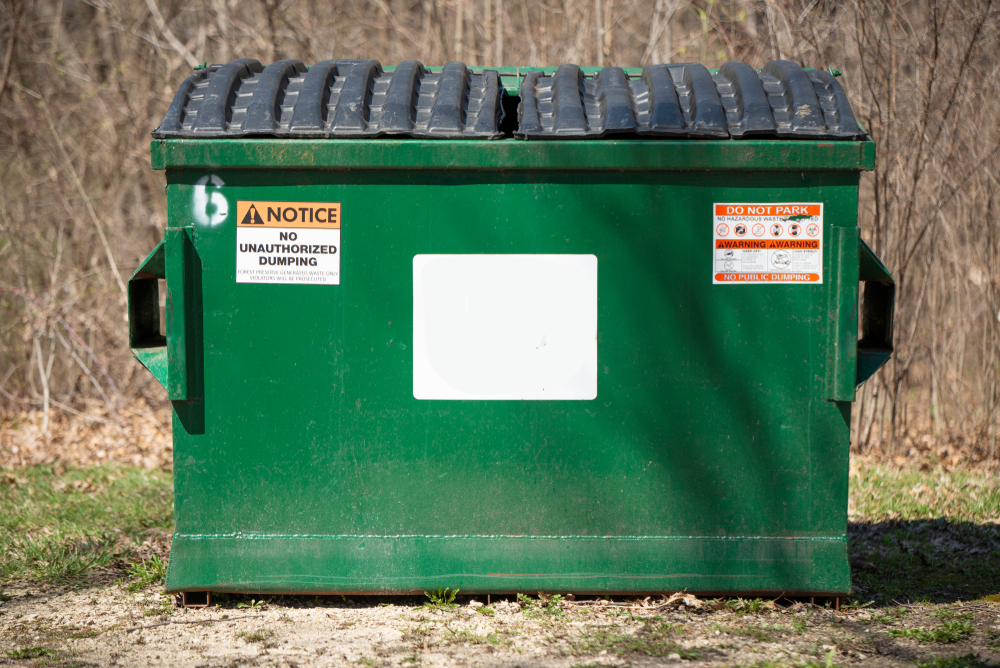Dumpsters are an integral part of waste management systems, serving as temporary storage containers for various types of waste. Whether you’ve seen them outside construction sites or residential areas, dumpsters are crucial in maintaining cleanliness and promoting environmental sustainability. This informative blog aims to explore the inner workings of dumpsters, shedding light on their design, function, and overall waste disposal process.
Dumpster Types and Sizes
Dumpsters come in different types and sizes to accommodate the diverse needs of waste management. The most common types include front-load dumpsters, rear-load dumpsters, roll-off dumpsters, and compactor dumpsters. Front-load dumpsters are commonly used in commercial settings, while rear-load dumpsters are typically seen in residential areas. Roll-off dumpsters are commonly found at construction sites, while compactor dumpsters are ideal for compacting and reducing waste volume.
Dumpster sizes range from small containers with a capacity of a few cubic yards to large industrial-sized dumpsters with capacities reaching several cubic yards. The size and type of dumpster rental depends on factors such as the amount and type of waste required, the frequency of waste removal, and the space available for installation.
Dumpster Design and Construction
Dumpsters are designed to withstand the rigors of waste disposal. They are typically made from sturdy materials such as steel or high-density polyethylene (HDPE), which provide durability and resistance to corrosion. The construction includes reinforced sides and bottoms to support heavy loads and prevent leakage.
Dumpsters are equipped with lids or covers to prevent the escape of odors, pests, and debris. Some dumpsters may have wheels to facilitate easy transportation. Roll-off dumpsters feature an open-top design, allowing for convenient loading and unloading using trucks with hydraulic systems.
Waste Collection and Disposal Process
The waste collection process begins with waste being deposited into dumpsters by individuals, households, businesses, or construction sites. Regular waste collection schedules are established based on the waste volume generated and local regulations. Waste management companies or municipalities are responsible for emptying dumpsters and transporting the waste to appropriate disposal facilities.
Front-load dumpsters are emptied using specialized trucks equipped with front-loading arms. These arms grab and lift the dumpsters, emptying their contents into the truck’s storage compartment. Rear-load dumpsters are typically emptied by tilting them into the truck’s rear compartment.
Roll-off dumpsters, often used in construction and remodeling projects, are transported using specialised trucks equipped with a hydraulic system. The dumpster is rolled off the truck, allowing for easy placement and subsequent removal once filled.
After collection, the waste is transported to various disposal facilities, including recycling centres, transfer stations, composting sites, or landfills. Recycling centers process recyclable materials, while transfer stations are intermediate points for consolidating and sorting waste. Composting sites handle organic waste, facilitating decomposition and nutrient recycling. Landfills are reserved for non-recyclable and non-compostable waste, which is disposed of in a controlled manner to minimize environmental impact.
Environmental Considerations and Sustainability
Dumpsters play a vital role in promoting environmental sustainability. Proper waste management, including dumpsters, helps reduce landfill usage, conserve resources, and minimise pollution. Recycling and composting efforts are supported by separate dumpster compartments for specific types of waste, making sorting and processing more efficient.
Dumpsters also facilitate proper waste disposal practices, discouraging illegal dumping and preventing contamination of natural habitats. By keeping waste contained and covered, dumpsters reduce the risk of attracting pests, such as rodents and insects, and prevent the release of harmful odours into the environment.
Conclusion
As you can see, understanding the types and sizes of dumpsters, waste collection and disposal processes, and other environmental considerations is essential to ensure your waste is disposed of efficiently and safely. Depending on the project, renting a smaller dumpster or skip bin or using a more extensive compacting equipment solution for more significant projects may be better. Businesses and homeowners must choose the right solution to minimise their environmental footprint while getting the job done. Consider all these ideas to figure out how to optimise your dumpster rental needs. If you ever need more help or have more questions about what kind of dumpster might work best for you, don’t hesitate to contact us here at Super Dump Solutions, where we’re happy to help you get the most cost-effective and reliable solutions for all your needs.

